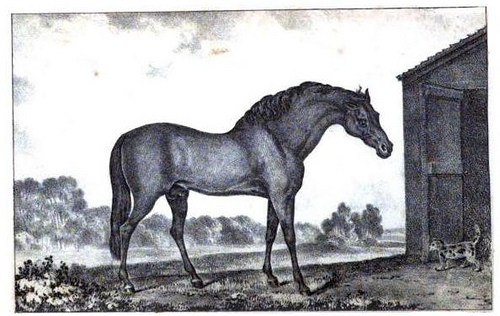
At the Kishi railway station in southern Japan, the stationmaster has her own litter box. Tama, a local stray cat, was named to the post in January 2007, and ridership immediately jumped 17 percent.
She’s paid in cat food and gets her own hat; as the station is unmanned, her main job is to greet passengers.
This all sounds remarkably progressive, but Tama may have mixed feelings: She’s still the only female manager in the company.



